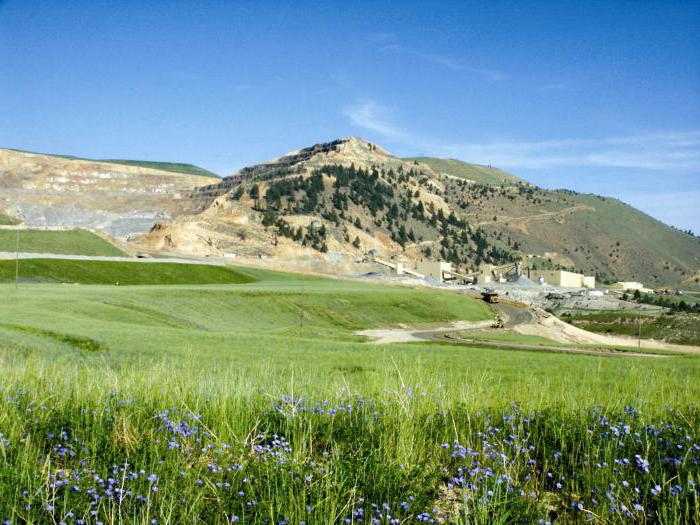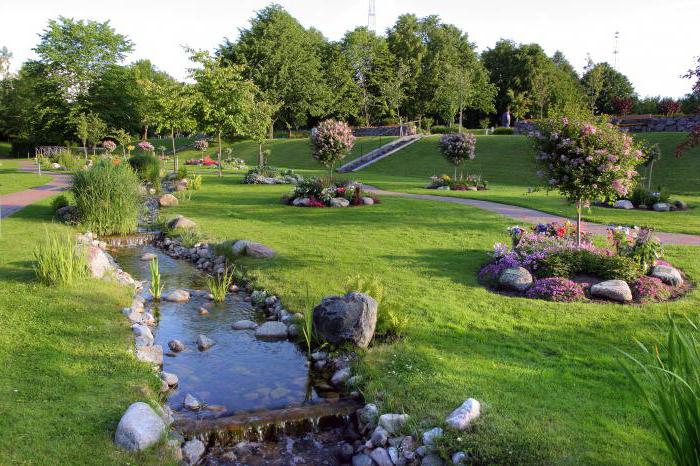Environmental management is an activity carried out by a society of people, which is aimed at meeting needs through the use of natural resources. In actions it is important to rely on a scientifically validated assessment of the capabilities of the environment. It is compiled on the basis of data obtained as a result of exploration, identification, accounting for quantitative and qualitative composition.
Types of nature management
Rational nature management - the company's activities aimed at a more complete use of the extracted resources. Ensuring this condition is carried out where possible. Work is underway to minimize the negative effects on the environment. Examples of these actions:
- The formation of cultural landscapes.
- The use of technologies that allow you to perform deep processing of raw materials.
- Reuse of waste.
- Ensuring the protection of flora and fauna.
- Creation of protected areas.

Irrational nature management - attitude to nature, not taking into account the necessary level of environmental protection, its qualitative improvement. The result of the activity is the depletion and decline in the quality of resources. Examples of such events:
- Hasty cattle grazing, leading to trampling of fertile lands.
- Poaching deforestation.
- The extermination of certain species of flora and fauna.
- Environmental pollution by heat, radiation, etc.
Nature management and environmental protection
The environment is polluted through the introduction of negative changes in its properties, which leads to a depressing effect on humans and the biosphere. Environmental management is designed to prevent such an impact. The environment is most polluted by human activities (anthropogenic impact). Some natural phenomena can also adversely affect individual natural complexes. These include volcanic eruptions and so on.
Environmental management involves knowledge of the main types of anthropogenic impacts:
- Physical: thermal, radioactive, mechanical, noise and electromagnetic.
- Chemical: aerosols, heavy metals, pesticides, plastics. This type of pollution is on everyone's hearing.
- Biological: biogenic, microbiological.
Earth shell pollution
Environmental management is a doctrine aimed at preventing the negative impact on all shells of the Earth. The lithosphere, together with the soil, perceives pollution from poisons, fertilizers and other chemical compounds. About 12 billion tons of garbage are annually exported from megacities to nature. Opencast mining deprives the earth of a fertile layer that has formed over many millions of years. Soils undergo erosion, waterlogging, salt pollution and are depleted from irrational agriculture.
Environmental management also applies to the hydrosphere, which suffers from factory effluents, runoff from farmland, and household waste. The most dangerous for the environment are chemical and metallurgical enterprises. Separate danger is pollution by oil products. About 15 million tons of hydrocarbons fall into the seas and oceans every year.
The basics of nature management and environmental protection spelled out measures to protect the Earth's air envelope. The main sources of pollution are factories and motor vehicles. They emit radioactive elements, carbon dioxide, oxides of sulfur, nitrogen and heavy metals into the atmosphere.
Nature Conservation Activities
The scope of nature management is not limited to only listing environmental damage. The pollution of nature leads to many problems at the regional and global levels, the depletion of natural resources. To solve them and prevent the following activities:
- Introduction of sewage treatment plants.
- The construction of chimneys of high height.
- The use of fuel with less harmful emissions.
- Modernization of production facilities to reduce or eliminate waste.
- Plant protection by biological means instead of chemical ones.
- The use of sound insulation in the construction of buildings.
- Collection and recycling.
- The adoption of laws aimed at protecting nature, with serious sanctions against violators.
- The introduction of duties on toxic emissions.
- An increase in the number of reserves and specially protected natural areas (SPNA).
- Education in the younger generation of the desire to treat nature with respect and love.

Protected Areas
Protected Areas are the objects of heritage of all nations, which are land, water and air areas at the location of biogeocenoses, which are of particular importance for science, culture, environmental protection, and rehabilitation. This status is assigned by decision of government agencies. Moreover, such territories are withdrawn (sometimes partially) from use in the national economy and are protected by law.
Environmental management is a unique area of knowledge that organizations from different countries are engaged in. International companies counted around 10 thousand significant protected areas of various types in the world: nature reserves, national parks, and so on.
Nature reserves
Nature reserves are called sites of nature that are completely withdrawn from economic use, intended to ensure the protection and study of biogeocenoses. There are several varieties:
- Memorial Complex.
- Historical and artistic.
- Natural.

The reserve may be biospheric. This term refers to territories that have a reference landscape and a typical composition of flora and fauna for it. They allow you to solve problems associated with the conservation of biogeocenoses, as well as monitoring the condition of neighboring territories. In most cases, they are organized in protected areas and in areas under protection.
Ecology
Proper nature management is the first step on the way to nature conservation. Often the term “ecology” refers to measures to protect the environment surrounding humanity, and sometimes the state of affairs in it. This is fundamentally wrong. No need to equate volumetric and multifaceted science and the simplest rules of clean behavior. Garbage collection, landfill organization, water disinfection, treatment facilities and suppression of poachers do not require the involvement of the environment. These issues are solved with the help of competent organization and technology.

Ecology is necessary at earlier stages - for a comprehensive justification of measures to protect nature and the environment. With its help, the relationships of organisms with the inorganic environment, as well as with each other, are studied. Applied ecology, nature management and environmental protection are closely interconnected, however, these are different concepts.
Environmental protection and environmental protection: what is the difference?
Most people do not see the difference in these terms. In relation to modern civilization, these are very distant concepts, because in the human environment there are a large number of artificial components that are not related to nature. This area, created by people, is actively displacing the natural components. Nature conservation and environmental protection have the same goal: to preserve the health and well-being of mankind. The methods for achieving it differ.
Environmental protection is based on an understanding of the processes occurring in the biosphere, the diversity of biological organisms, and the state of ecosystems.Achieving the goal occurs through limiting or banning the use of planet resources, maintaining the integrity of existing systems.
Environmental protection comes from a safe environment for society. The goal is achieved by eliminating the possibility of substances hazardous to people entering it. In other words: so that the city is clean, and outside it - at least the grass does not grow.
